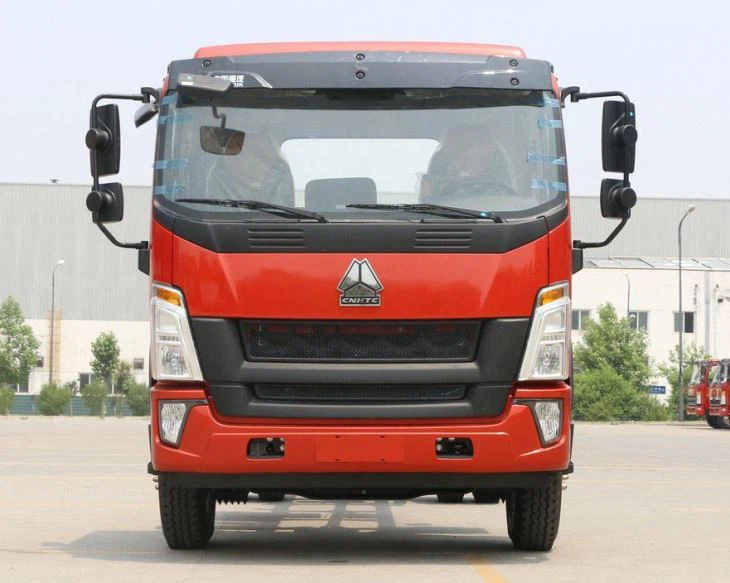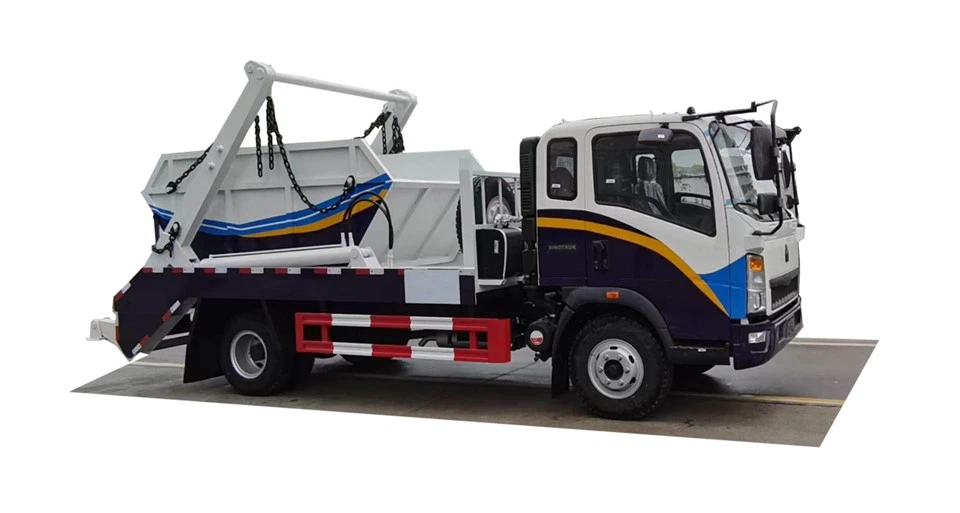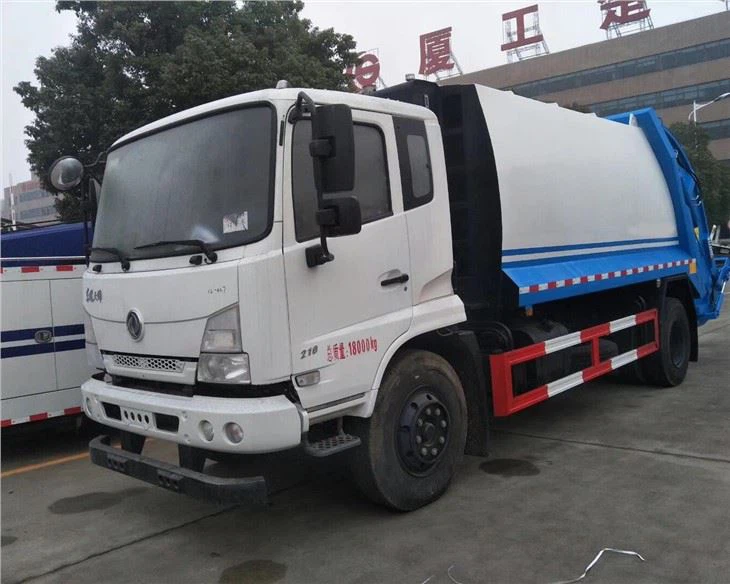Understanding Trash on Trucks: A Comprehensive Guide

In an era where waste management is becoming increasingly critical, understanding how trash is collected and managed is paramount. This article delves deep into the phenomenon of “trash on trucks,” exploring everything from waste collection processes to strategies for reducing trash accumulation. By the end of this article, you’ll have a thorough understanding of trash collection and tips for sustainability.
Table of Contents
- What is Trash on Trucks?
- The Importance of Waste Collection
- Types of Trash Trucks
- How Trash is Collected
- Trash Collection Schedule
- The Impact of Trash on the Environment
- Best Practices for Truck Drivers
- Community Involvement in Waste Management
- Tips for Reducing Waste
- Frequently Asked Questions
What is Trash on Trucks?
“Trash on trucks” refers to the loads of waste collected from residential and commercial areas by specialized vehicles known as trash trucks. These trucks are designed to facilitate the efficient transport of waste to landfills, recycling centers, or waste treatment facilities. Understanding the mechanics behind how these trucks operate provides insights into waste management systems around the world.
Characteristics of Trash Trucks
Trash trucks are typically characterized by:
- Large capacity: Designed to carry significant amounts of waste.
- Specialized compaction systems: Help compress waste for better efficiency.
- Variety of designs: From rear loaders to front loaders and side loaders.
The Importance of Waste Collection
Effective waste collection is vital for numerous reasons:
Public Health
Regular waste collection helps prevent the buildup of trash, which can harbor pests and lead to health issues.
Environmental Protection
Proper disposal and recycling reduce landfill overflow and pollution, maintaining natural ecosystems.
Community Beautification
A cleaner environment enhances the aesthetic appeal of neighborhoods, boosting community pride and property values.
Types of Trash Trucks
There are several types of trash trucks, each suited to specific waste collection tasks:
Rear Loader Trash Trucks
Widely used for residential collection, these trucks have a loading mechanism at the back that enables high capacity and can compact the waste.

Front Loader Trash Trucks
Used primarily for commercial waste collection, front loaders pick up large dumpsters, making them ideal for businesses and industries.
Side Loader Trash Trucks
Equipped with automated arms to lift bins from the side, these trucks operate efficiently in areas with narrow streets.
How Trash is Collected
The process of trash collection involves multiple steps:
1. Collection Scheduling
Municipalities typically set specific days for waste collection to ensure regular service.
2. Community Preparation
Residents must place their waste bins at designated locations (curbside) before collection times.
3. Collection Process
Trash trucks follow predetermined routes, using technology to optimize collection paths and improve efficiency.
Example Collection Route
| Time | Location |
|---|---|
| 7:00 AM | Main Street |
| 7:30 AM | Elm Avenue |
| 8:00 AM | Pine Road |
Trash Collection Schedule
A trash collection schedule is essential for effective waste management:
Typical Schedule Features
- Weekly or bi-weekly pickups depending on the area.
- Different schedules for recyclables and organic waste.
- Notification systems via websites or apps to alert residents of changes.
The Impact of Trash on the Environment
Improper waste management has severe effects on our planet:
Landfill Use
Landfills are filling up quickly, leading to the need for new sites which can disrupt local ecosystems.

Pollution
Decomposing waste releases harmful gases and contaminants into the air and groundwater.
Wildlife Threats
Animals can mistake waste for food, leading to health hazards and decreasing populations of some species.
Best Practices for Truck Drivers
For truck operators, adherence to best practices ensures safety and efficiency:
Safety Protocols
- Always wear seat belts while driving.
- Adhere to traffic laws and local regulations.
Operational Efficiency
- Optimize routes to reduce fuel consumption.
- Regular vehicle maintenance checks.
Community Involvement in Waste Management
Community participation is crucial for effective waste management:
Public Awareness Campaigns
Engaging the community through education about waste reduction and recycling can improve participation.
Volunteer Clean-Up Events
Organizing clean-up days encourages community members to take pride in their environment.
Tips for Reducing Waste
Reducing waste at the source is the best approach:
1. Reduce, Reuse, Recycle
Implementing the three R’s in daily life helps minimize waste.
2. Composting
Establishing a compost bin for organic waste can significantly cut down the amount of trash sent to landfill.
3. Digital Solutions
Using digital resources can reduce paper waste, contributing to a healthier planet.
Frequently Asked Questions
What happens to the trash after it is collected?
After collection, waste is transported to landfills, recycling centers, or composting facilities based on its type.
How can I find out my local trash collection schedule?
Local municipalities publish schedules on their websites and through community newsletters or mobile apps.
Are there any alternatives to landfill disposal?
Yes, waste-to-energy plants and composting operations are viable alternatives to traditional landfill disposal methods.
How can I report issues with my trash collection service?
Most local governments have services or hotlines for residents to report missed collections or service issues.
What can I do to reduce waste in my household?
Participating in recycling, composting, and choosing reusable products can significantly impact waste reduction.

Is recycling always effective?
Recycling is beneficial, but its effectiveness depends on the proper sorting and cleanliness of materials collected.
